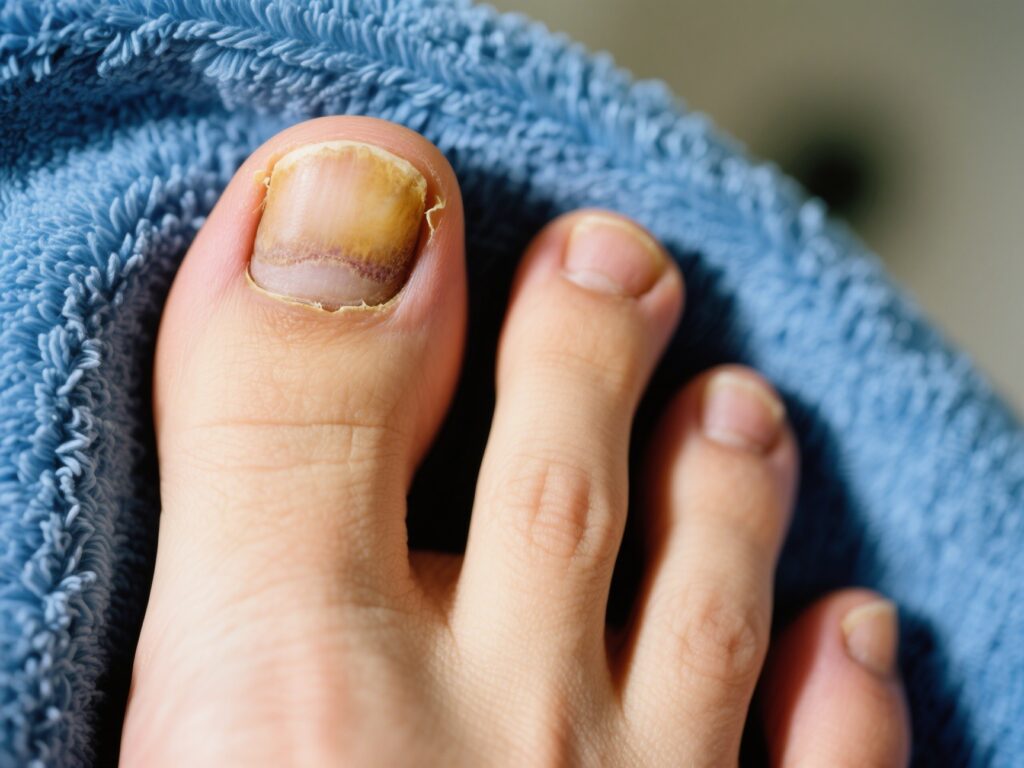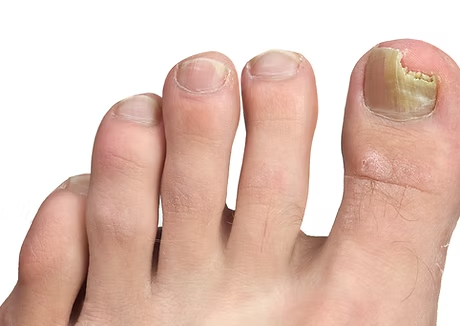Meta Description: Discover the common causes of foot fungus, effective prevention strategies, and treatment options. Learn how to keep your feet healthy and fungus-free.
Foot fungus, medically known as tinea pedis or athlete’s foot, is a common yet bothersome condition affecting millions worldwide. Characterized by itching, peeling skin, and sometimes painful blisters, foot fungus thrives in warm, moist environments. But what exactly causes foot fungus, and how can you protect yourself? In this article, we’ll explore the root causes, risk factors, and actionable tips to prevent and treat this stubborn infection.
Table of Contents

What Is Foot Fungus?
Foot fungus is a contagious fungal infection caused by dermatophytes, a group of fungi that feed on keratin—a protein found in skin, hair, and nails. These microorganisms flourish in damp environments, making feet—especially sweaty or poorly ventilated ones—a prime target. Common symptoms include:
Frustrated by stubborn toenail fungus? It won’t vanish quickly, but the solution starts now. Click here!
- Redness and itching between the toes
- Flaky or scaly skin
- Blisters or ulcers
- Unpleasant odor
Left untreated, foot fungus can spread to other body parts or even infect others. Let’s dive into the key factors that contribute to its development.
Primary Causes of Foot Fungus
1. Warm, Moist Environments
Fungi thrive in warm, humid conditions. Activities that trap sweat—like wearing tight shoes or synthetic socks for extended periods—create an ideal breeding ground. Gyms, locker rooms, and public showers are high-risk areas due to their moist surfaces.
2. Poor Foot Hygiene
Neglecting to wash and dry your feet thoroughly allows fungi to multiply. Dampness between the toes after showers or swimming provides a perfect habitat for infections.
3. Weakened Immune System
Individuals with diabetes, HIV, or autoimmune diseases are more susceptible to fungal infections. A compromised immune system struggles to fend off invading pathogens.
4. Direct Contact with Contaminated Surfaces
Walking barefoot in public pools, gyms, or shared bathrooms increases exposure to fungal spores. Sharing towels, shoes, or nail clippers with an infected person also raises risks.
5. Wearing Non-Breathable Footwear
Shoes made of plastic or rubber trap moisture, while tight footwear causes friction and microtears in the skin, allowing fungi to penetrate.
6. Existing Skin Injuries
Cuts, burns, or blisters on the feet create entry points for fungal spores. Even minor abrasions can escalate into infections if left unprotected.

Who Is Most at Risk?
While anyone can develop foot fungus, certain groups face higher risks:
- Athletes: Excessive sweating and shared facilities make athletes prone to athlete’s foot.
- Older Adults: Thinner skin and slower healing increase vulnerability.
- People with Circulatory Issues: Poor blood flow to the feet hampers the body’s ability to fight infections.
- Residents of Humid Climates: Tropical regions with high humidity levels foster fungal growth.
Frustrated by stubborn toenail fungus? It won’t vanish quickly, but the solution starts now. Click here!
Preventing Foot Fungus: Proactive Strategies
Prevention is simpler than treating an established infection. Here’s how to keep your feet fungus-free:
1. Keep Feet Clean and Dry
- Wash feet daily with antibacterial soap.
- Dry thoroughly, especially between the toes.
- Use antifungal powders or sprays if prone to sweating.
2. Choose Breathable Footwear
- Opt for shoes made of leather or mesh.
- Rotate shoes to allow them to air out between uses.
3. Avoid Walking Barefoot in Public Areas
- Wear flip-flops in gym showers, pools, and locker rooms.
4. Practice Good Hygiene Habits
- Change socks daily (or more often if sweaty).
- Avoid sharing personal items like towels or nail tools.
5. Boost Immune Health
- Maintain a balanced diet rich in vitamins and probiotics.
- Manage chronic conditions like diabetes with your doctor’s guidance.

Treating Foot Fungus: When Prevention Fails
Frustrated by stubborn toenail fungus? It won’t vanish quickly, but the solution starts now. Click here!
If you suspect a fungal infection, act quickly:
- Over-the-Counter Solutions: Antifungal creams (e.g., clotrimazole, terbinafine) can treat mild cases.
- Prescription Medications: Severe infections may require oral antifungals like fluconazole.
- Home Remedies: Soaking feet in vinegar or tea tree oil (known for antifungal properties) may help, though evidence is mixed.
Note: Consult a healthcare provider if symptoms persist for over two weeks or worsen.
Conclusion: Stay Vigilant Against Foot Fungus
Foot fungus is preventable with consistent hygiene and smart lifestyle choices. By understanding its causes—moist environments, poor hygiene, and compromised immunity—you can take proactive steps to protect your feet. Remember, early intervention is key to stopping infections from spreading. Prioritize foot care, and enjoy healthier, happier feet year-round!



